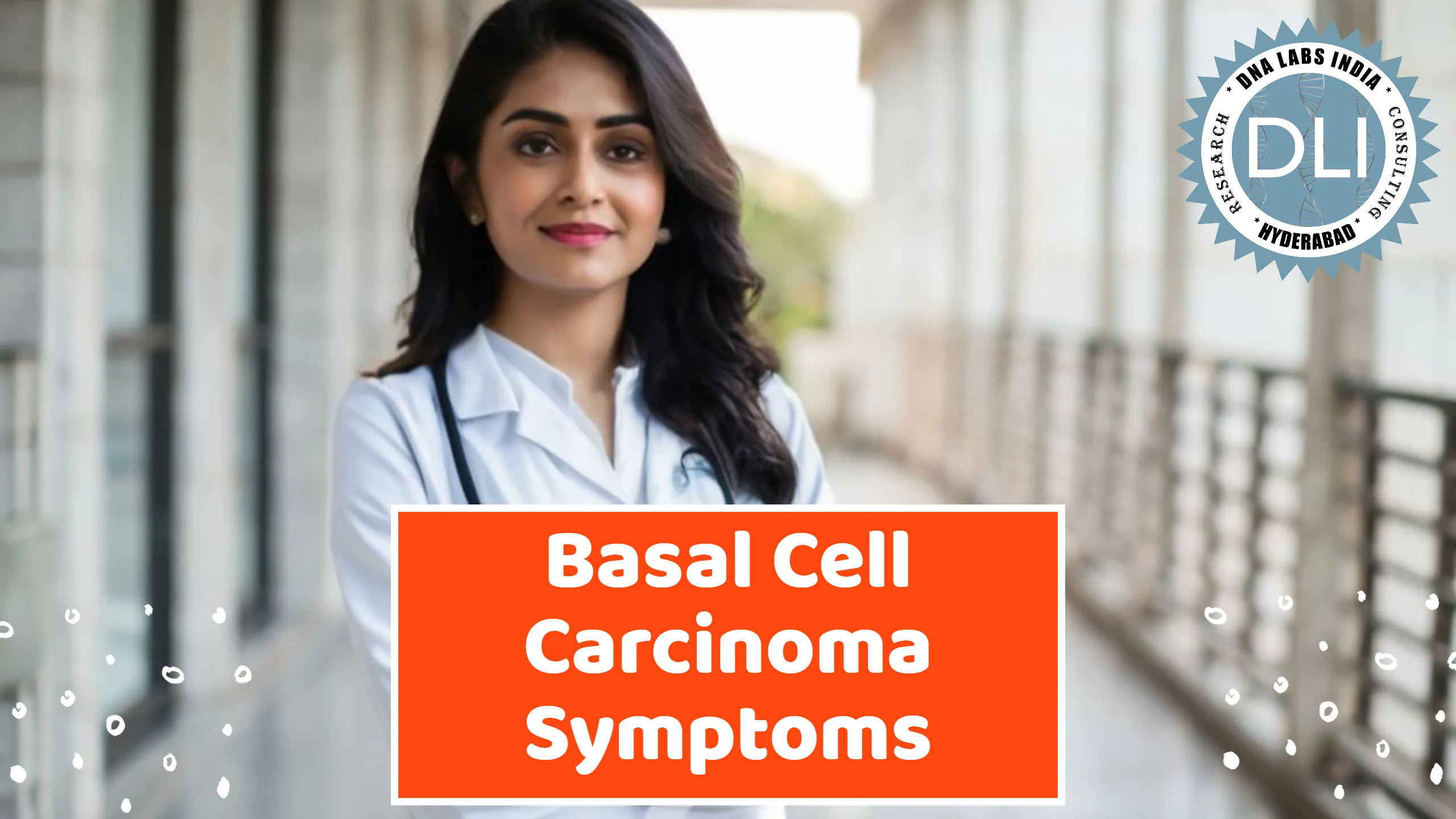Stay Vigilant: Recognizing Symptoms of Basal Cell Carcinoma in India
Basal cell carcinoma (BCC) is the most prevalent form of skin cancer both in India and globally. While the diagnosis might seem daunting, detecting it early is crucial for effective treatment and a hopeful prognosis. This article provides vital information to help you identify the signs of BCC, enabling you to actively manage your skin health.
Understanding Basal Cell Carcinoma:
BCC originates in the basal cells located in the epidermis, the outermost layer of your skin. These cells are involved in producing new skin cells as old ones die off. However, in BCC, these cells mutate and grow uncontrollably, leading to tumor formation. While BCC is generally not life-threatening, it can lead to significant disfigurement if neglected.
Risk factors for developing BCC include:
- Excessive Sun Exposure: UV radiation from the sun is a primary risk factor.
- Light Skin Tones: Individuals with fair skin are more vulnerable to developing BCC.
- History of Sunburns: Frequent sunburns, particularly those from childhood, can heighten the risk.
- Family History of Skin Cancer: Genetic predisposition plays a role if skin cancer is common in your family.
- Compromised Immune System: A weakened immune system may also increase your risk.
The Importance of Early Detection:
The symptoms of BCC can be subtle in the initial stages, making early detection vital. Early identification allows for treatments that are not only effective but also minimally invasive, such as surgical excision or Mohs surgery, which are known for their high cure rates. Early intervention is key to achieving the best cosmetic outcomes and avoiding more complex treatments.
Key Symptoms of Basal Cell Carcinoma:
Be aware of these symptoms, particularly if they persist for more than two weeks:
- Pearly or Waxy Bump: Look for a pearly or waxy bump on the skin, which might appear translucent or pink, and in darker skin tones, it may appear brown or black.
- Scaly Red Patch: A red, pink, or brown flat patch that may become raised over time.
- Persistent Sore: Any sore that continuously bleeds, crusts, and doesn’t heal completely.
- Changing Mole: Any mole that changes in size, shape, color, or has irregular edges should be examined.
While these signs may not definitively indicate BCC, they warrant a professional evaluation by a dermatologist.
Proactive Measures for Skin Health:
To lower your risk of BCC and maintain optimal skin health, consider adopting the following practices:
- Sun Protection: Incorporate sun safety into your daily routine by seeking shade, wearing sun-protective clothing, and applying broad-spectrum sunscreen with at least SPF 30. Remember to reapply sunscreen every two hours, or more frequently if you are swimming or sweating.
- Regular Skin Examinations: Familiarize yourself with your skin’s baseline appearance and regularly check for any new or changed moles or spots.
- Dermatological Screenings: Schedule routine skin cancer screenings with a dermatologist, especially if you are at higher risk due to previous sunburns or family history.
- Avoid Tanning Beds: Steer clear of tanning beds, as they emit harmful UV rays and significantly increase the risk of skin cancer.
Conclusion:
Knowledge is indeed power. By understanding the symptoms of BCC and taking proactive steps towards skin health, you can significantly contribute to early detection and effective management of skin cancer. If you observe any unusual changes in your skin, do not hesitate to consult a dermatologist. Early detection is essential for maintaining healthy skin and ensuring a positive outcome



